The more strange the rarer, the 9 precious stones that are more precious than diamonds. Have you heard of it?
The reason why diamonds are precious is because of its extreme hardness and difficulty in mining. But there are nine species in the world that are more rare than diamonds, and more precious gems are scattered somewhere in the world. Even the names of some gems are rarely mentioned. They are not only sparsely populated, but also costly and difficult to mine. Even so far it is difficult to cut a gemstone with a complete shape. But its unique color and luster still make the world's gem lovers obsessed with it.
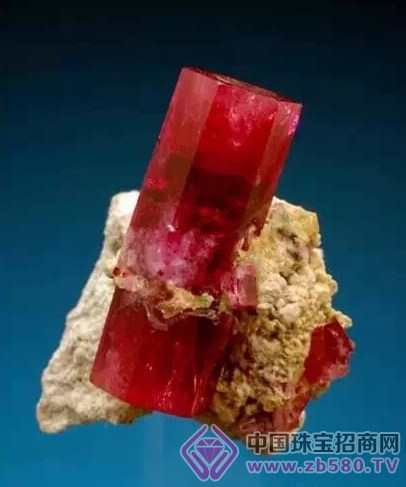
Red Beryl
Red Beryl, also known as Bixbite, is a rare gemstone whose intense color is caused by the manganese inside the gemstone. The natural red-green jade that is currently found is mainly distributed in the rhyolite of the Thomas Mountain and the Wowo Mountain in Utah, USA.
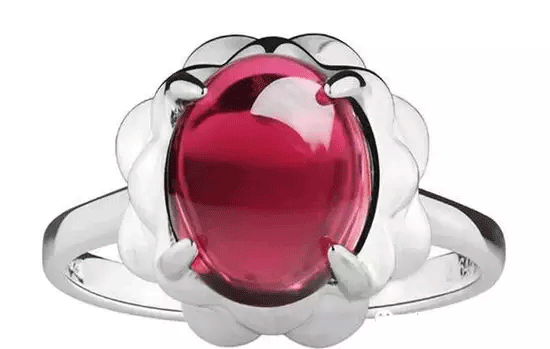
Red Beryl
The red beryl was first mentioned in 1904, when mineral experts thought it was similar to jade and sapphire, hence the name red jade, blood jade, but in fact it is rarer than these two gems. Red beryl is only found in Utah and New Mexico; because of the difficulty in mining, the red beryl does not have the economic value of jewelry. To extract 1 carat of red beryl, you have to spend 10,000 US dollars (about NT$300,000). It is not surprising that it is so precious and rare.
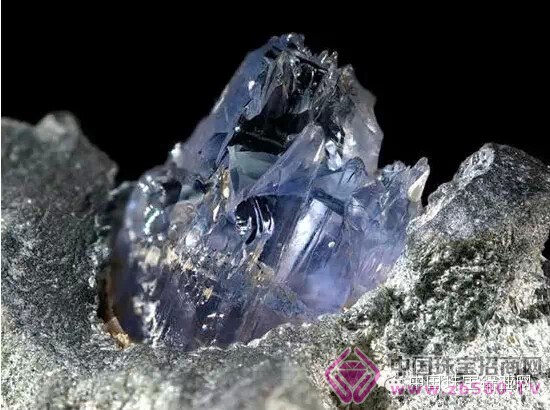
Boronite (Jeremejevite)
Boraxite is a very rare blue borate mineral, the most famous of which is in Namibia, Africa. The borolite color is blue, white and colorless. It is known that the mining area is extremely rare only in the Tajik section of the Pamirs and in several small pits in Namibia, Africa and the Eifel, Germany.
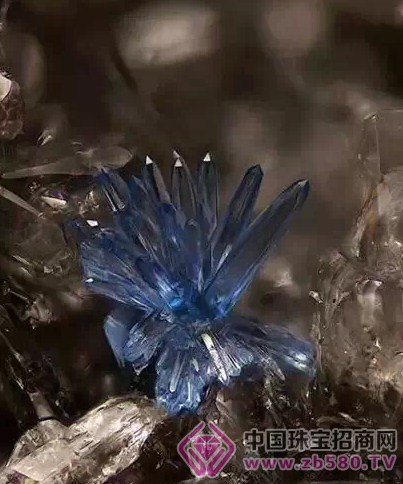
Boronite (Jeremejevite)
Boraxite was first discovered in 1883 by Mt. Soktui, Nerschinsk in the Adun-Chilon Mountains of Siberia. Named after the Soviet miner PavelVladimirovich Eremeev (1830–1899).

Boronite (Jeremejevite)
é“Almagnesite was first discovered in South Australia in 1967 and was named after the discovery of the Musgrave Mountains in Australia. Later, a small number of mineral samples were found in Greenland, Madagascar and Antarctica. Until 2005, only eight gemstones with obvious shapes and pure colors were cut out in the world.
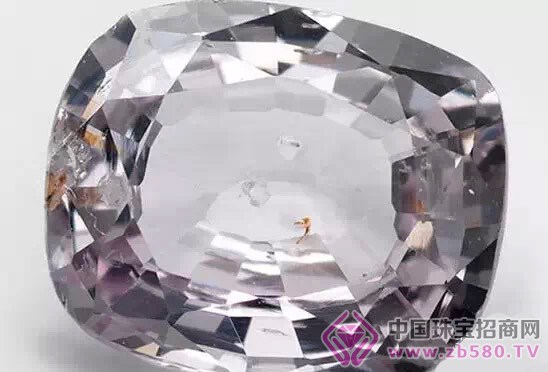
é“Al-magnesium-zinc (Musgravite)
The Sri Lankan Jewelry Export Company owns one of the world's largest Musgravite gemstones. It was tested and issued by the Gullenberg Laboratory in Lucerne, Switzerland on September 6, 2007. The certificate number is 0707330.
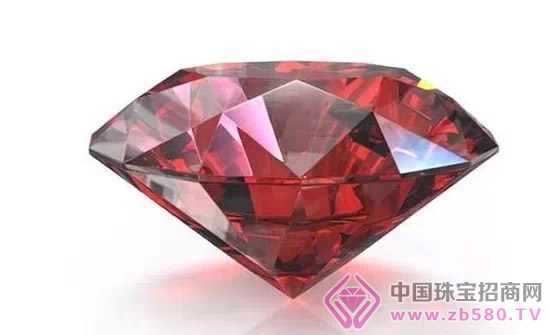
Red Diamonds (Reddiamonds)
Red diamonds are also known as light red crystal. Red diamonds are the rarest of the color diamonds. Australia's AEGYLEMINE produces a small red diamond "Moussaiev" red diamond (theMoussaieffRed) the world's largest red diamond.

Red Diamonds (Reddiamonds)
The world's largest red diamond was discovered by a farmer in Brazil in 1960. The diamond is called the Moussaieff Red. It is a triangle and weighs 5.11 carats. Although the weight of this diamond is not worth mentioning compared to other diamonds, it is the largest diamond in the red diamond. Its value is much higher than its weight. CHRISTLE'S Hong Kong auction of a 0.95k carat round red diamond in New York in April 1987, the transaction price of up to 880,000 US dollars, that is, the average price per carat price of 920,000 US dollars, set a colorful diamond auction World record for the highest transaction price per carat.

Silicon gibbsite (Grandidierite)
Although the first complete specimen of borosilicate is produced in Sri Lanka, it can only be found in Madagascar, Africa. The borosilicate magnesia has the same characteristics of reflecting colorful polarized light as the Alexanderchrome and Tanzanite mentioned below.
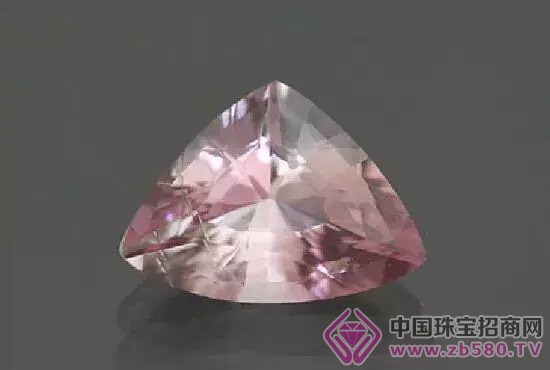
Silicon borosilicate stone (Poudretteite)
Silicon borosilicate was first discovered in Quebec, Canada in the mid-1960s, but it was not given a name at that time; it was not until 1987 that it was considered a new mineral name. However, due to the fact that it is too rare, sodium borosilicate is rarely discussed.

Blue cone mine (Benitoite)
When the blue cone mine was discovered in 1906, it was once mistaken for sapphire. At present, the only source of blue cone mine is San Bailey County, California. Although some samples of blue cones have been found in Arkansas and Japan, it is difficult to cut them into gemstones.
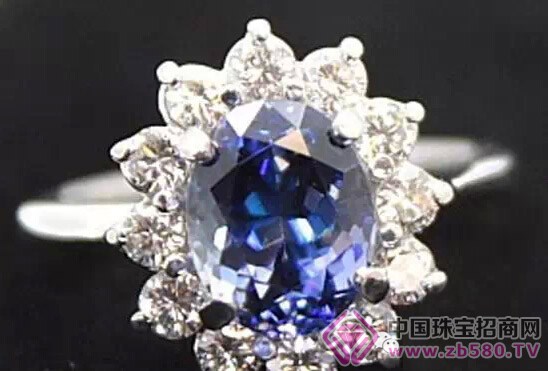
Blue cone mine (Benitoite)
The blue cone mine is light blue or colorless and has a record of pink gems; however, the most special feature of the blue cone is that it emits dazzling blue fluorescence under ultraviolet light.
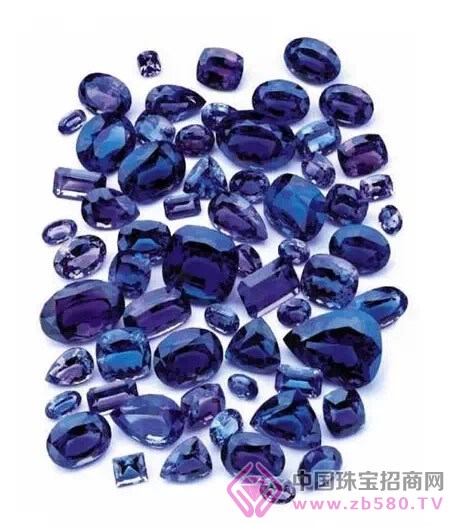
Tanzanite
Tanzanite, named after its origin in Tanzania, East Africa, and later promoted by the American company Tiffany, this gem has gradually gained popularity, the reason why it will be named tanzanite, because this gem is like Tanzania Like the twilight sky, the color is dark blue with purple and has a strong pleochroism, but the hardness of the gem itself is 6.5 degrees Mohs hardness. Because Tanzania has been in a civil war for a long time, it is very poor, the mining of gemstones is not easy, and the production is scarce. In addition, the particles that are crystallized are not large, so in general, the chance of being able to buy more than 3 to 5 carats is not high, so the price is high.

Tanzanite
So far, the area around Arusha, Tanzania, is the only source of tanzanite. The Tanzanian Minister of Mines said that this is God's gift to the people of Tanzania.
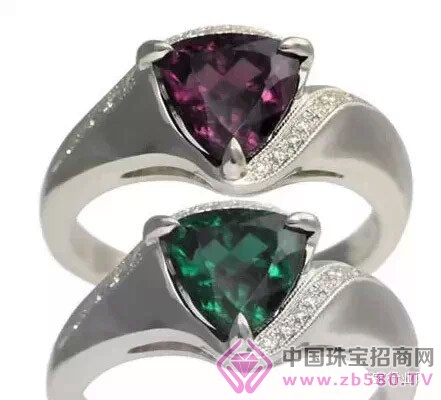
Alexander Colorite (Alexandrite)
The English name of the Alexander Chameleon is Alexandrite, the Russian name "ÐлекÑандрит", transliterated as "Alexander Stone", is one of the five precious stones, belonging to the color variety of gold green jade. Because of its green color in the sun and the red color effect under candlelight and incandescent lamps, many poets praised the stone as "the emerald in the day, the ruby ​​in the night".
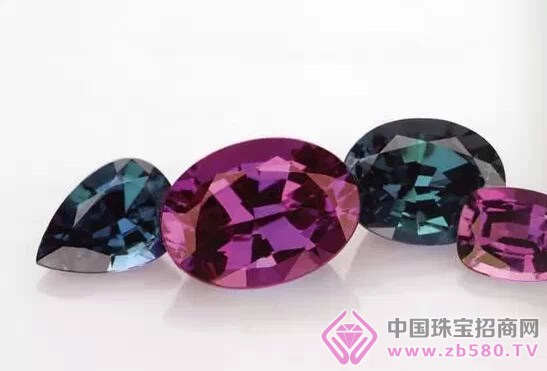
Alexander Colorite (Alexandrite)
When you put an Alexander Chamelt in your hand and play it, it will refract colorful polarized light as it rotates. On October 23, 2007, Hong Kong Christie's Jewelry and Jade Jewelry Auction was previewed. The model showed a 212.76 carat giant cat eye Alexander Stone. The agency introduced this to the largest cat-eye Alexandre stone in the history of the auction, with an estimated value of HK$7.85 million to HK$12 million.
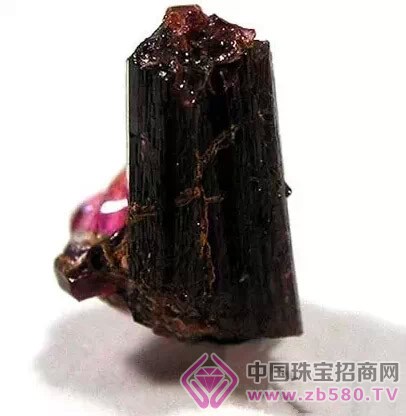
Aluminum boron zirconium calcium (Painite)
A new gemstone mineral discovered in the gemstones of the Mogok region of Myanmar in 1951, named after the British mineralogist Arthur C. D. Pain, whose minerals are unclear and the minerals are transparent. Dark red crystals, currently only one piece of the 1.7-gram specimen of the Pain collection in the world. It was internationally recognized as a new gemstone mineral in 1957 and was listed as the rarest gemstone mineral in the King's world record in 2005. Until 2005, only 25 samples were found worldwide. However, due to the new identification technology, the number of crystals of aluminum-boron zirconium is also increased, but the number of stones that can be cut into high-quality stones is still very small.
Short Seleeve Shirt,Short Sleeve Shirt Loose,Short Sleeve Shirt Dress,Casual Short Sleeve Shirt
ShaoXing TianHao Garment Making Co., Ltd , https://www.sxthapparel.com
